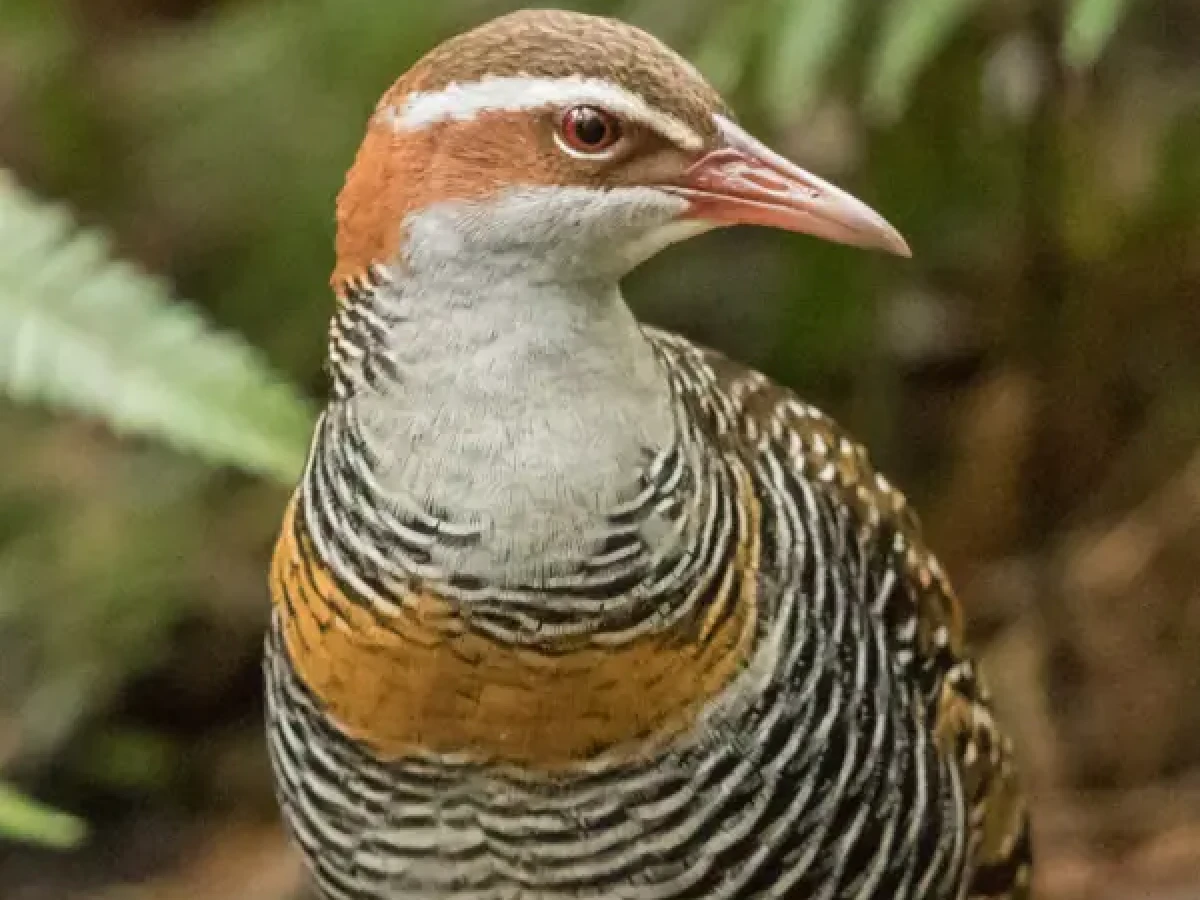Step into the world of our buff-banded rails and unlock the wonders of these extraordinary creatures

The buff-banded rails are not often spotted because they blend in well with wetland vegetation. They are medium-sized birds with a long, sturdy reddish-brown bill, a light grey eyebrow stripe, dark red eyes, pinkish legs, and cheeks, and a wide buff-orange band on the breast. They also have an eye stripe that extends from the bill to the nape, an olive-brown crown and back, and black streaking on the back with white spots. Banded rails are not frequent fliers, but they can cover long distances, mostly flying at night.
Quick facts
Distribution:
Australasia and Pacific countries
Habitat:
Freshwater wetlands
Conservation Status:
Least Concern